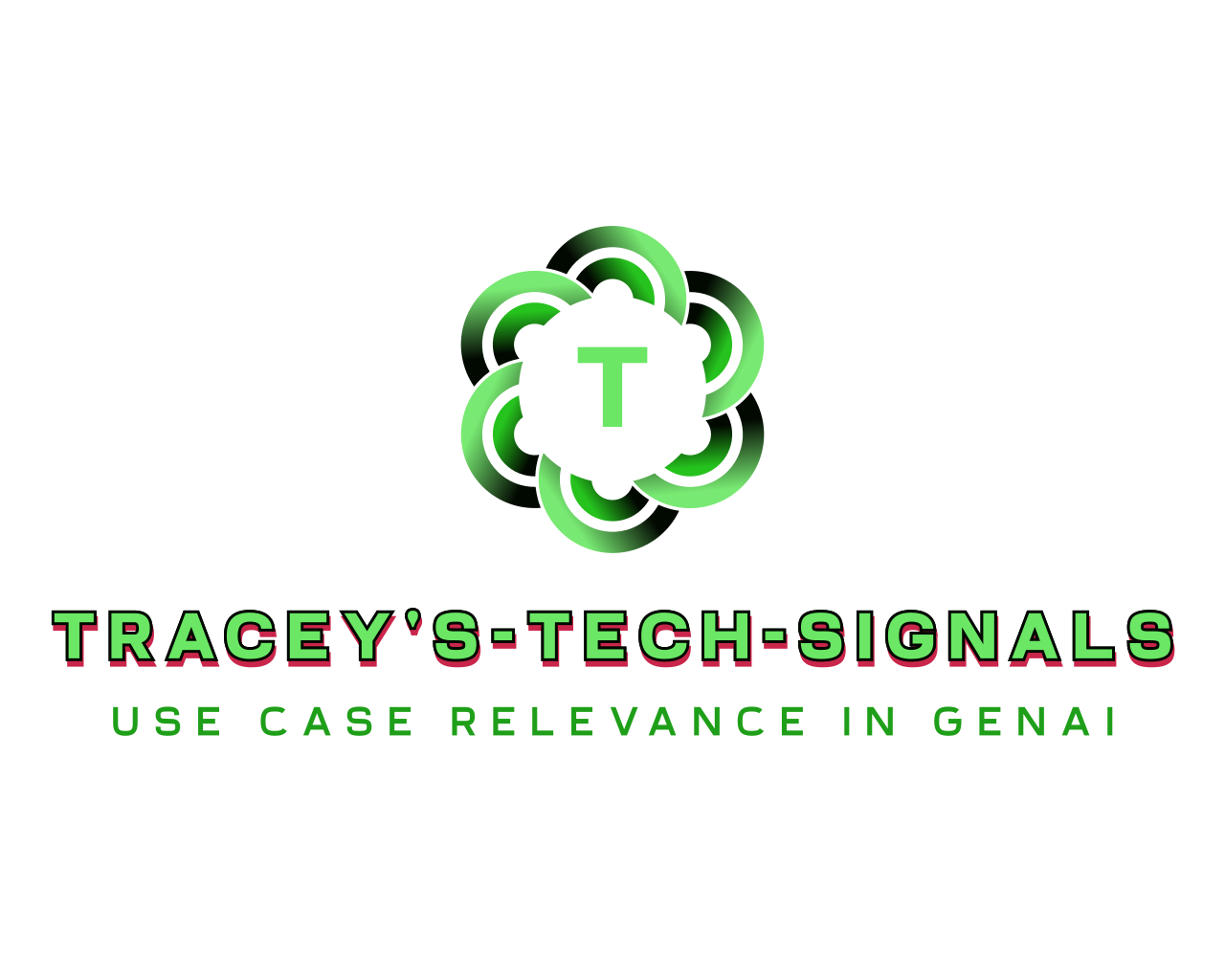AI Should Amplify Humanity—Not Replace It
Designing Technology That Honors Human Dignity, Autonomy, and Creativity
Have you noticed how our digital and physical worlds are starting to merge? Smart homes, AI-powered classrooms, and algorithmic decision-making are no longer futuristic ideas—they’re everyday realities. Machines are stepping into roles we once believed only humans could fill: diagnosing illnesses, drafting legal documents, even composing music and teaching. Companies are investing in LLMs in what was deemed traditional roles.
There’s no doubt that artificial intelligence can make life easier. It helps us automate repetitive tasks, move faster, and even unlock creativity in new ways. But here's a question worth asking: Is AI making us stronger, or just more hands-off?
Are we using these tools to amplify our thinking—or are we slowly surrendering the very skills that make us human?
When AI Becomes a Crutch
A 2025 study by Microsoft and Carnegie Mellon University found that heavy reliance on virtual assistants is linked to a measurable decline in critical thinking. Students in Pakistan and China, surveyed in 2023, reported increased complacency when frequently using AI tools—over two-thirds felt less inclined to think deeply or question the information presented to them.
Educators worldwide echo these concerns, observing that AI can become a mental shortcut rather than a learning partner. It's not that the technology is bad—it's that we risk losing our intellectual sharpness, usefulness, and creativity when we over-rely on it.
We build these skills not by outsourcing them to machines, but by practicing them ourselves: reflecting, connecting, questioning. These are human muscles, and they atrophy if unused. Human value erosion and cognitive decline are real consequences of this technological revolution.
When AI Gets It Right
Let’s take a look at what human-centered AI can look like.
In Kenya, researchers developed a chatbot called AGILE to support survivors of gender-based violence. The tool provided information about legal rights, emotional support, and local resources—all while maintaining strict anonymity and safety. AGILE didn’t replace human support; it enabled it, stepping in when speaking out openly could be dangerous.
In India, the Digital Green project empowers rural farmers—many of them women—to create and share farming tutorials in their own languages. From irrigation to pest management, these AI-assisted videos help spread local knowledge and elevate community voices. It’s not about flashy technology—it’s about technology that listens and uplifts.
These examples show what’s possible when AI respects context, culture, and dignity.
When AI Misses the Mark
Contrast that with systems that optimize people out of the equation.
Hiring software that filters out candidates with résumé gaps might miss individuals with extraordinary life experience. Workplace surveillance tools track every keystroke and mouse click, eroding trust in favor of control. These tools don’t enhance human potential—they flatten it.
Even more concerning: global projections suggest up to 85 million jobs could be displaced by AI this year, and by 2030, nearly 30% of current roles could be automated. That’s not just a workforce issue—it’s a human one. If we prioritize efficiency above empathy, we risk building a future that forgets what people are for.
The Opportunity Ahead
We are at a tipping point.
Imagine AI that helps teachers reach diverse learners, supports displaced workers in reskilling, and helps preempt disease—all while reinforcing human consideration. Picture AI that prioritizes our needs and motivations, rather than replacing our value and contributions.
This isn’t a call to reject technology. It’s a call to design better, more intentional systems—tools that amplify our strengths, reflect our values, and improve life.
Whether you're an engineer, policymaker, educator, or simply a citizen paying attention, you have a role to play in shaping this future. Let’s demand technology that recognizes our worth, not just our productivity.
Let’s teach the next generation of technologists that empathy must lead design—not as an afterthought, but as a guiding principle.
The call to action is clear: Invest in technology that harmonizes with the human condition, not one that overrides it.
Key Takeaway
The best AI isn’t an autonomous force. It’s a partner in progress—technology that enhances quality of life by deeply integrating the human experience.

